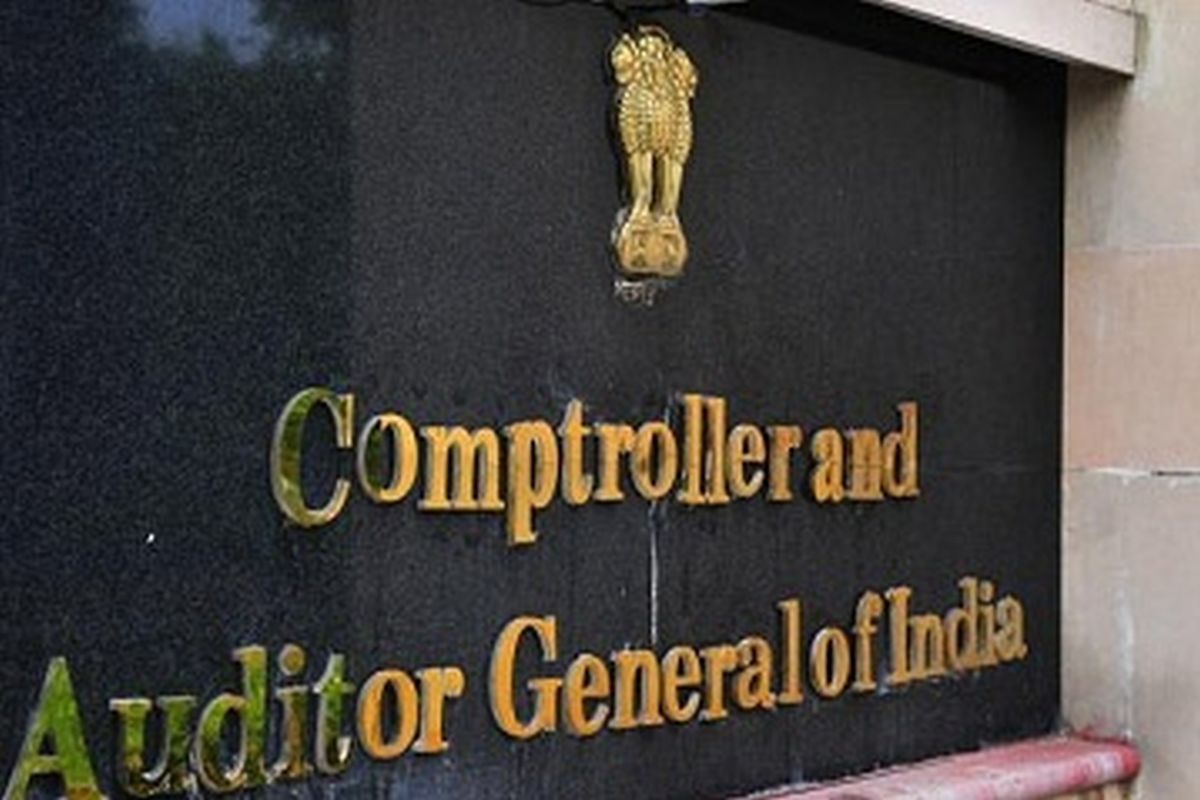HC notice to Odisha govt on removal of chairperson, members of women panel
The Department of Women and Child Development which conducted the performance review of the chairperson and members had found the Commission's performance unsatisfactory.
The Comptroller and Auditor General of India (CAG) detected flagrant violation of environmental laws in Sundargarh district, which is one of the most industrialised regions in Odisha.

The Comptroller and Auditor General of India. (Photo: IANS)
The Comptroller and Auditor General of India (CAG) detected flagrant violation of environmental laws in Sundargarh district, which is one of the most industrialised regions in Odisha.
The CAG’s compliance audit report, 2022, which was presented in the Odisha assembly on Wednesday, found the ambient air quality level exceedingly high and discharge of pollutants triggering spurt in pulmonary and silicosis diseases in polluted zones.
The CAG found that for the 7,238 Ambient Air Quality (AAQ) samples analysed in six stations of the district, average PM10 and PM2.5 values remained high during 2016-20.
Advertisement
“Due to high concentration of pollutants and silica dust in ambient air, 2,440 pulmonary cases and 61,698 cases of Silicosis were detected in the district. There were 1,100 renal cases handled at Sub-Divisional Hospital (SDH), Bonai due to use of contaminated water of River Brahmani, which flows near Rourkela Municipal Corporation (RMC) and Rourkela Steel Plant (RSP)”, it pointed out.
The operation of the conveyor belt by Dalmia Cement (Bharat) Limited without Consent to Establish (CTE) and Consent to Operate (CTO) for over nine years was a major lapse on the part of Regional Officer, Odisha State Pollution Control Board (OSPCB) in enforcement of environmental laws.
Two mines failed to maintain Ambient Air Quality standard components of Respiratory Particulate Matter and Suspended Particulate Matter of PM10 level during 2016-21, the compliance report detected.
Due to non-implementation of Zero Liquid Discharge (ZLD) by Rourkela Steel Plant, there was high concentration of fluoride at five outlets, outfalls. Similarly, at Biological Oxygen Demand (BOD) outlets, concentration of cyanide was 3.6 mg/l (1,800 per cent) against prescribed standard 0.2 mg/l. These contaminated outfalls were connected to Guradhi creek ultimately polluting river Brahmani.
Due to non-establishment of a Sewage Treatment Plant (STP), Rourkela Municipal Corporation discharged untreated sewage into rivers Brahmani and Koel causing pollution. No STP was constructed by Urban Local Bodies (ULBs) resulting in discharge of untreated waste water directly into water bodies and open land.
Achievement of 100 per cent treatment of sewage by March 2020 remained unfulfilled.
Due to want of manpower, 100 per cent Door to Door (D2D) collection of waste remained unachieved as of January 2021.
Although eight Micro Composting Centres (MCCs) were constructed, they could not be operationalised due to lack of electricity, water connection and non-installation of machineries even after expenditure of Rs 3.40 crore.
The operator of Common Bio Medical Waste Treatment Facility (CBMWTF) had not collected, transported and disposed of bio-medical waste within the prescribed time limit of 48 hours and the delay ranged up to 30 days.
Due to non-establishment of barcoding with Global Positioning System (GPS), Health Care Facilities (HCFs) failed to ensure tracking of transportation of Bio-medical Waste (BMW) and its timely disposal.
None of the incinerators was operational as of March 2021 due to want of three-phase power connection rendering the expenditure of Rs 97.34 lakh unfruitful. This resulted in burning of bio-waste in open spaces causing environmental hazard.
Unsegregated plastic waste mixed with Municipal Solid Waste (MSW) were dumped and disposed of in an unscientific manner creating environmental problems.
Although hazardous waste generation was on an increasing trend during the period 2016-20, no programme was devised and implemented to reduce or prevent the generation of hazardous waste, it concluded.
Advertisement